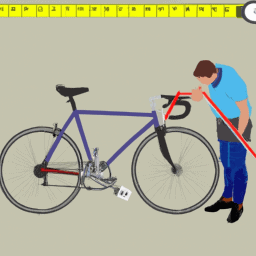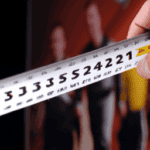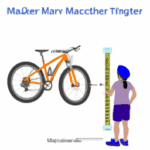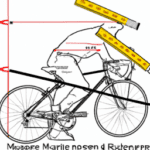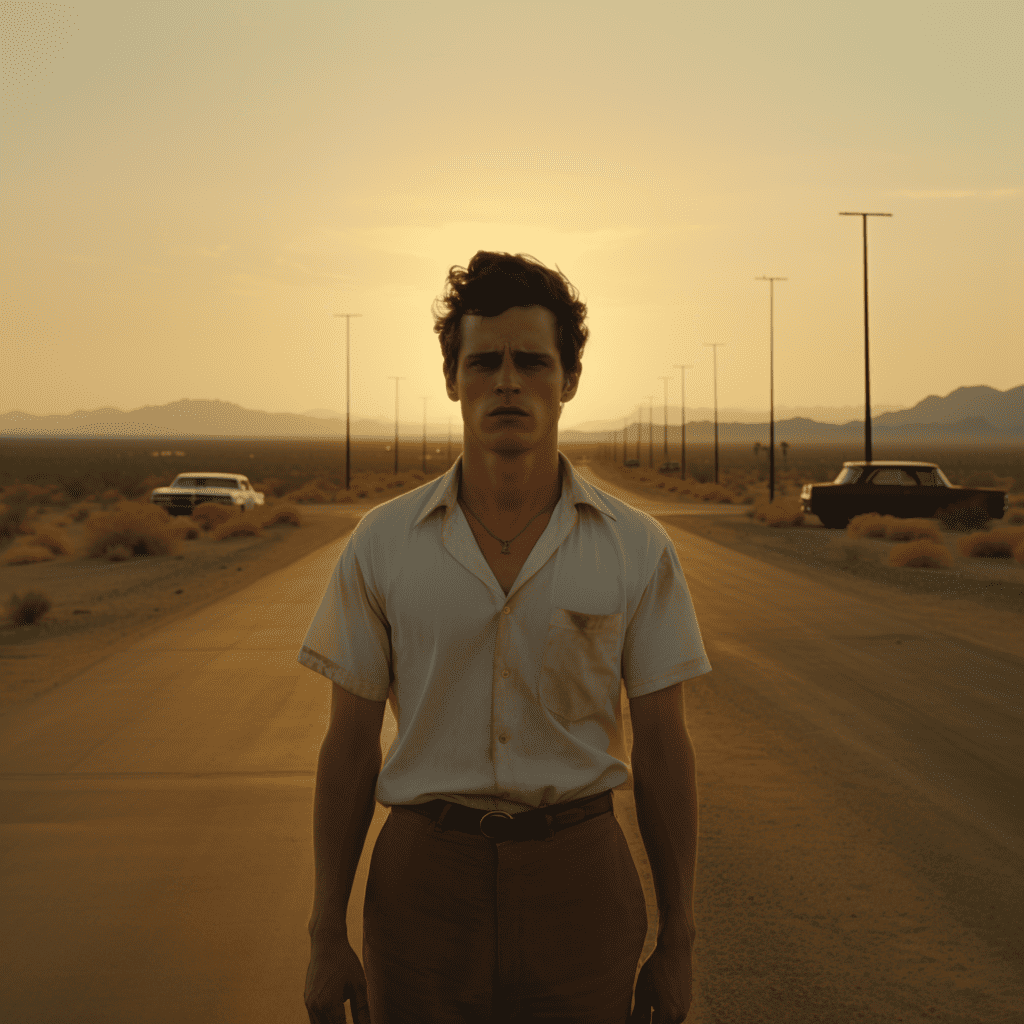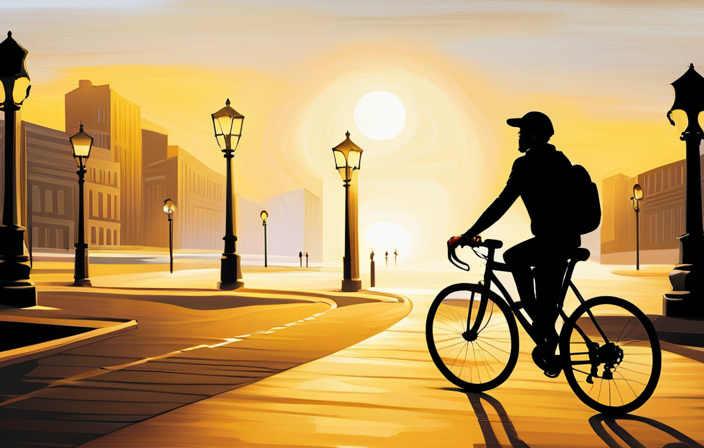As someone passionate about cycling, I’ve understood that a bike is akin to a custom-made suit – it must be the perfect fit to function optimally. Selecting the appropriate size bicycle is vital for ensuring your comfort, managing control, and enhancing your overall riding experience. However, given the vast array of bike types and sizes out there, figuring out the starting point can be quite daunting.
In this article, I’ll share with you my tips on how to tell bicycle size, so you can find the perfect fit for your body type and riding style.
Before we dive into the nitty-gritty of measuring and sizing, it’s essential to understand the importance of getting the right size bike. Riding a bike that’s too big or small can cause discomfort, pain, and even injury.
A bike that’s too small can cause knee pain and cramped riding position, while a bike that’s too big can lead to back pain and difficulty controlling the bike. Finding the right size bike can make all the difference in your cycling experience, so let’s get started on how to determine the perfect size for you.
Key Takeaways
- Choosing the right bicycle size is crucial for comfort, control, and overall experience.
- Measuring inseam length is a quick and easy way to ensure the bike fits properly.
- Factors such as frame material options, proper handlebar height, and riding style should be considered when determining ideal frame size.
- Test riding and adjusting as needed, while paying attention to overall comfort, is important for finding the perfect fit.
Understand the Importance of Bicycle Sizing
Understanding the importance of bicycle sizing can make all the difference in achieving a comfortable and efficient ride. The importance of proper fit can’t be overstated, as a poorly fitting bicycle can lead to discomfort, pain, and even injury.
Common sizing mistakes include choosing a bike that is too large or too small, which can affect the rider’s position and balance on the bike. It’s vital to find a bike that fits your body type and riding style, as this will allow for a more enjoyable and safe experience.
One way to ensure that you find the right bike size is to measure your inseam length. This measurement will give you an idea of the appropriate frame size for your body. By knowing your inseam length, you can avoid the mistake of choosing a bike that is too big or too small for you.
So, let’s move on to the next step and learn how to measure your inseam length accurately.
Measure Your Inseam Length
Measuring your inseam is a quick and easy way to make sure the bike you choose fits you just right. To calculate your inseam, you’ll need a measuring tape and a book or flat object to place between your legs.
First, stand up straight with your feet shoulder-width apart and barefoot. Next, place the book or flat object between your legs, pressing it up against your pelvic bone. Then, measure from the floor to the top of the book or flat object. This measurement is your inseam length.
It’s important to take accurate measurements when calculating your inseam. Common inseam mistakes include wearing shoes or measuring with your feet too far apart. These can lead to incorrect inseam measurements and ultimately, the wrong bike size.
Once you have your inseam length, you can use it to determine your ideal frame size.
Determine Your Ideal Frame Size
Finding the perfect fit for your bike is crucial for a comfortable and enjoyable ride, so let’s figure out what frame size suits you best! The right frame size is determined by your inseam measurement, but it also depends on your riding style and comfort preferences.
Here are some factors to consider when determining your ideal frame size:
-
Frame material options: Frames can be made from various materials, such as aluminum, carbon fiber, or steel. Each material has its own characteristics, such as weight, stiffness, and durability, which can affect the ride quality and price point of the bike. Consider which material suits your riding needs and budget.
-
Importance of proper handlebar height: Handlebar height affects your riding posture and comfort. If the handlebars are too low, you may experience neck or back pain. If they are too high, you may feel unstable or lose control. Proper handlebar height can also help improve your performance and reduce fatigue. Make sure to adjust the handlebars to your preferred height and angle.
-
Riding style: Different riding styles require different frame geometries. For example, a road bike frame is designed for speed and efficiency, while a mountain bike frame is designed for rough terrain and stability. Consider which type of riding you will be doing most and choose a frame that suits your needs.
-
Frame size chart: Most bike manufacturers provide a frame size chart based on your height and inseam measurement. Use this as a starting point to narrow down your options and find the right frame size for you.
Now that you have a better understanding of how to determine your ideal frame size, let’s move on to the next step of choosing the right wheel size.
Choose the Right Wheel Size
When it comes to choosing the right wheel size for your bicycle, there are a few key points to consider. First and foremost, it’s important to think about the type of riding you’ll be doing.
Different wheel sizes are better suited for different types of terrain and riding styles. Additionally, it’s important to take your personal preferences into account. For example, consider how much suspension you prefer and how comfortable you want your ride to be.
By considering these factors, you can select the perfect wheel size for your needs and preferences.
Consider the Type of Riding You’ll Be Doing
Depending on whether you’ll be cruising around town or tackling tough terrain, the type of riding you plan to do will impact the size of bicycle you should choose. For road biking or city riding, a smaller frame size may be appropriate as you’ll likely be in a more upright position and won’t need as much clearance between your body and the frame. On the other hand, for mountain biking or touring, a larger frame size is typically recommended as you’ll be in a more aggressive riding position and need more clearance for your legs to move around the bike.
To help you determine the appropriate size for your needs, consider the following table:
| Type of Riding | Frame Size |
|---|---|
| Road/City | 48-54cm |
| Touring | 56-60cm |
| Mountain | 59-64cm |
Keep in mind that these are general guidelines and your personal preferences and body measurements should also be taken into account. By considering the type of riding you’ll be doing, you can narrow down your options and make a more informed decision when selecting your bicycle.
Thinking about your personal preferences, such as color and style, can also play a role in your final decision.
Think About Your Personal Preferences
Consider how your personal style and color preferences can enhance your riding experience and add a unique touch to your chosen bike.
When it comes to bicycle style, there are a variety of options to choose from, such as road bikes, mountain bikes, hybrid bikes, and more. Each style has its own unique features and benefits, so it’s important to think about which one aligns with your riding goals and preferences.
Another factor to consider is riding posture. Some bikes are designed for a more upright riding position, while others have a more aggressive, forward-leaning posture. It’s important to choose a bike with a posture that is comfortable for you, as this can greatly impact your riding experience.
By taking into account your personal style and posture preferences, you can choose a bike that not only fits your body size, but also complements your unique style. When you have chosen a bike that aligns with your personal preferences, it’s important to test ride and adjust as needed to ensure a comfortable fit.
Test Ride and Adjust as Needed
To make sure you get the right fit, hop on the bike and make any necessary adjustments as you ride. This is perhaps the most important step in determining the correct size for your bicycle. Adjustment techniques can vary depending on the type of bike you’re riding and your individual preferences, but there are a few key things to keep in mind. First, make sure that your feet can comfortably reach the pedals and that your knees are not excessively bent or straight. You should be able to extend your legs fully without feeling any discomfort.
Another important consideration is the handlebars. They should be positioned at a comfortable height and angle, allowing you to grip them without leaning too far forward or backward. A good rule of thumb is to position the handlebars so that they are slightly below the level of your saddle, creating a slight downward slope from your hips to your hands. Finally, pay attention to your overall comfort level as you ride. If you experience any pain or discomfort, make adjustments accordingly or seek expert advice if necessary.
| Adjustment Techniques | Expert Advice |
|---|---|
| Pedal and knee alignment | Make sure your feet can comfortably reach the pedals and your knees are not excessively bent or straight. |
| Handlebar position | Position the handlebars at a comfortable height and angle, allowing you to grip them without leaning too far forward or backward. |
| Saddle height | Adjust the saddle height so that you can extend your legs fully without feeling any discomfort. |
| Overall comfort | Pay attention to your overall comfort level as you ride. Make adjustments accordingly or seek expert advice if necessary. |
Testing out the bike and making any necessary adjustments is crucial in determining the right size for your bicycle. Keep in mind the various adjustment techniques, such as pedal and knee alignment, handlebar position, and saddle height. If you experience any discomfort, don’t hesitate to make changes or seek expert advice. By doing so, you’ll be able to find the perfect fit for your riding needs.
Frequently Asked Questions
What is the difference between a men’s and women’s bicycle size?
When it comes to men’s and women’s bike sizes, there’s actually not much difference. It’s more about adjusting the handlebars and saddle for optimal fit. Common misconceptions about women’s bike sizes should be disregarded.
How do different types of bicycles (road, mountain, hybrid) affect sizing?
Riding style and frame geometry play a crucial role in determining the appropriate bike size for different types of bicycles. Adjusting bike fit is important to ensure comfort and prevent injuries. Technical precision is essential when selecting the right size.
Can I determine my bicycle size without measuring my inseam length?
Alternative methods to determine bicycle size without measuring inseam length include using a sizing chart based on height or standover height. However, potential drawbacks include inaccuracies due to variations in body proportions and frame geometries.
How do I know if a bike is too small or too big for me?
It’s funny how I thought I knew my bike size until I realized it was too small. Adjusting handlebars and choosing proper seat helped, but measuring inseam length is key to finding the right size.
What if I am in between two frame sizes?
When deciding between two frame sizes, I consider my riding style and posture. Adjusting fit with changes to saddle height, stem length and handlebar position can help fine-tune comfort.
Conclusion
In conclusion, determining the correct size of your bicycle is crucial for a comfortable and safe riding experience. By measuring your inseam length, you can determine the ideal frame size for your body.
It’s also important to consider the wheel size, as this can affect the overall fit and feel of the bike.
Once you have determined the appropriate size, it’s recommended that you test ride the bike and make any necessary adjustments to the saddle height or handlebar position.
Taking the time to properly size your bicycle can make all the difference in your enjoyment of cycling. So next time you’re in the market for a new bike or simply want to make sure your current one fits correctly, remember these steps and ride on!
